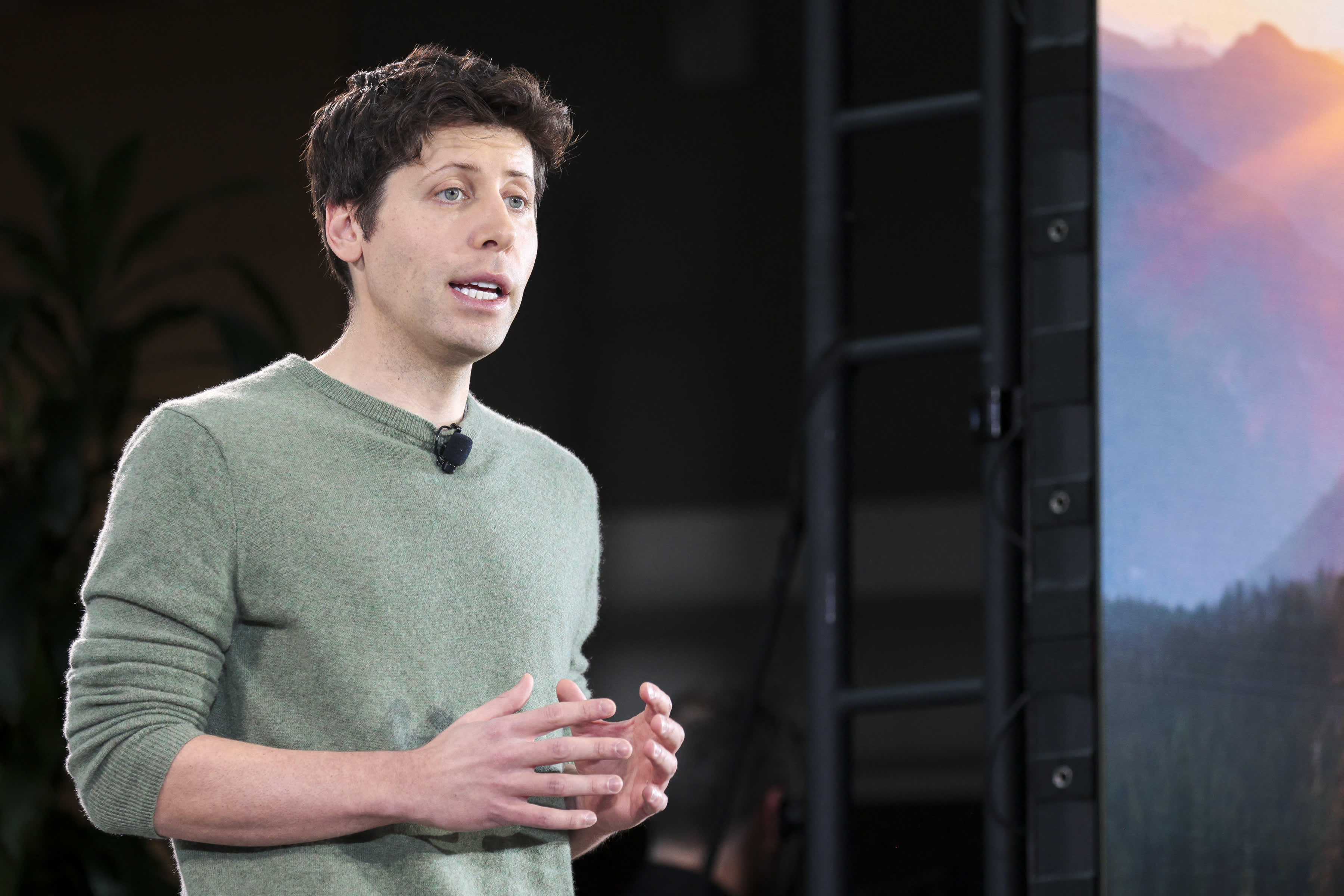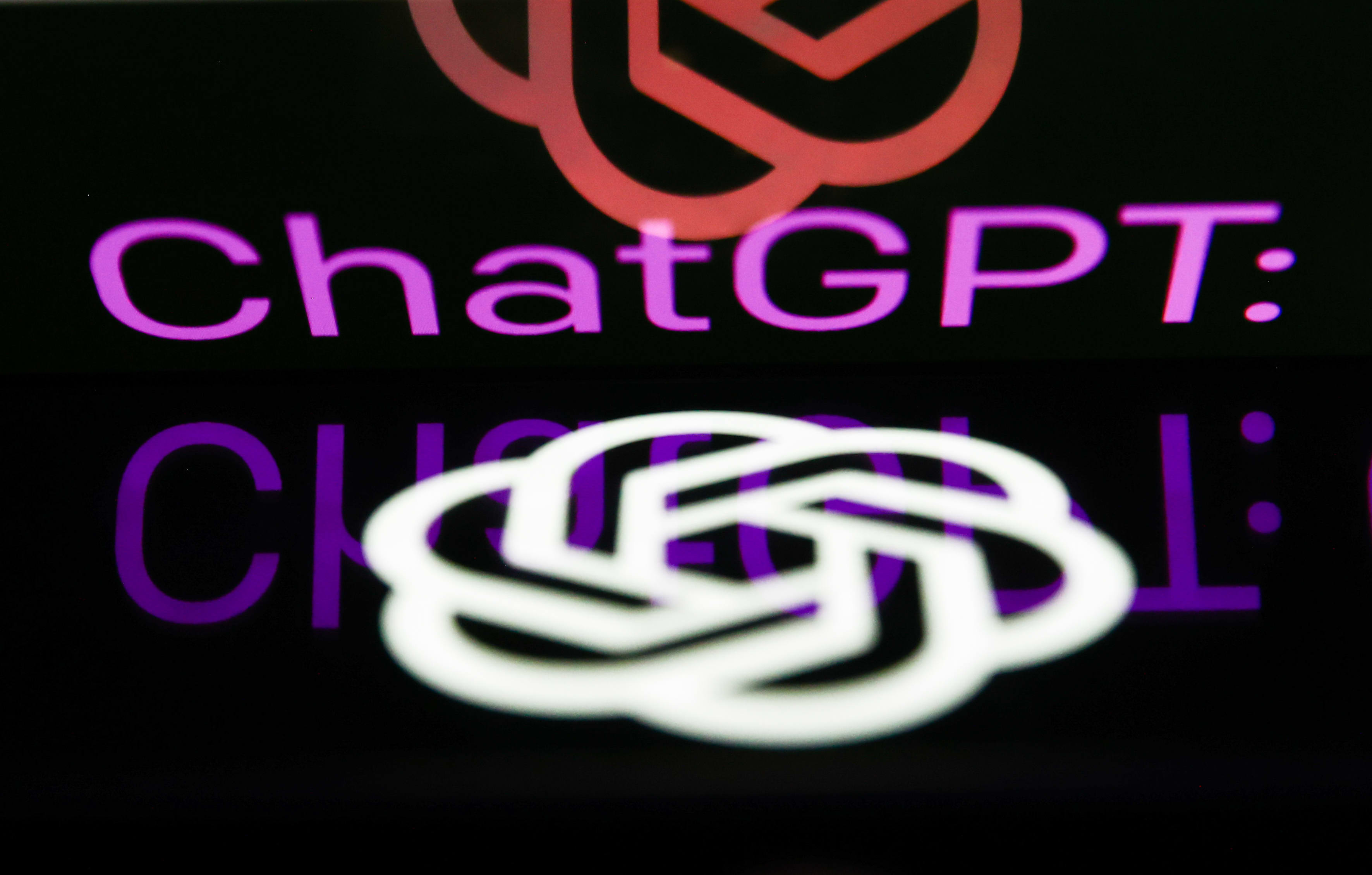The San Francisco-based company OpenAI unveiled a new version of its popular artificial intelligence program Tuesday, calling it GPT-4. GPT-4 and its predecessors are the A.I. mind behind the much-talked about ChatGPT.
Subscribers to OpenAI’s ChatGPT Plus plan will be able to get limited access to a chatbot powered by the new GPT-4. The company says the exact limit depends on demand and system performance, but plan to scale it up in the coming months. A ChatGPT Plus subscription runs $20 a month.
GPT-4 improves on its predecessor, GPT-3.5, in a number of ways. The most eye-catching feature is that it's now a multimodal large language model, meaning it can work with both text and image inputs. Previous versions, which are large language models, only accepted text inputs.
Get a weekly recap of the latest San Francisco Bay Area housing news. Sign up for NBC Bay Area’s Housing Deconstructed newsletter.
To put it in concrete terms: you could, for example, upload an image to GPT-4 and then ask the program questions about it. At this time, though, this feature is still in development and is not publicly available.
OpenAI also says GPT-4 shows capability improvements over prior models, as demonstrated by GPT’s scores on standardized testing. When GPT-3.5 attempted a simulated Bar Exam, it scored in the bottom 10% of test-takers. GPT-4, on the other hand, scored in the top 10%.
OpenAI has given GPT a number of standardized tests from the SAT to the GRE. A chart with GPT-3.5 and 4’s scores is available in Tuesday’s news release.
Still, GPT-4 seems to deal with similar limitations as its predecessors. It’s still liable to reasoning errors and “hallucinating” facts. OpenAI warns that great care should be taken in using GPT -- or, indeed, any large language model -- especially when the stakes are high. The company did point out that GPT-4 does “hallucinate” facts less than its predecessors.
This release comes as the race for A.I. programs heats up. Large language models underpin applications like the A.I. chatbot on Microsoft Bing search engine and Google's as-of-yet unreleased Bard chatbot.
In late February, Facebook parent company Meta also released “LLaMA”, which stands for Large Language Model Meta AI, under a noncommercial license. Researchers and engineers can apply for access to the model to explore potential applications.
Despite the burgeoning industry, OpenAI noted that there were still important problems to address -- some technical and others social. While GPT does have programmed limitations and prohibitions, it’s possible for users to “jailbreak” the platform and get around those policies. And while the company has made progress on the issue, OpenAI added that GPT can still have various biases in its outputs.
The company acknowledged A.I. has the potential to be harmful as well as useful.
“We are collaborating with external researchers to improve how we understand and assess potential impacts, as well as to build evaluations for dangerous capabilities that may emerge in future systems,” the company wrote.



